Bluetooth Controlled Electronic Home Appliances is a simple project, where we can control different electrical appliances and electronic devices using an Android device with the help of Bluetooth Technology.
This project provides the solution to this problem by integrating all the electrical appliances to a control unit that can be operated by an Android application on a device (Android smart phone or Tablet).
A Bluetooth Control Home Automation Project involves creating a system that allows you to control various aspects of your home, such as lights, appliances, and security devices, using a Bluetooth connection from a smartphone or other compatible devices.
COMPONENTS USED:
- Arduino Uno
- AC Bulb and Holder
- Bread Board
- HC05 Bluetooth
- 5V Relay
- I2C module
- 6 x 2 LCD
- Jumpers Wires
- On off switch.
Here’s a step-by-step outline to guide you through the project:
-
Project Overview:
Introduce the Bluetooth Control Home Automation Project, explaining its purpose of providing convenient remote control of home devices through Bluetooth connectivity.
-
Components and Materials:
List the components needed for your project:
- Microcontroller: Choose a microcontroller (Arduino, Raspberry Pi, etc.) with Bluetooth capability.
- Bluetooth Module: Include a Bluetooth module (such as HC-05 or HC-06) for wireless communication.
- Relays or Smart Plugs: Depending on the devices you want to control, use relays or smart plugs to manage appliances.
- Sensors: Integrate relevant sensors (temperature, motion, etc.) for automation triggers.
- Smart Devices: Select lights, fans, or other devices that you’ll control.
- Power Supply: Provide power sources for microcontroller, Bluetooth module, and relays/smart plugs.
- Wiring and Connectors: Include necessary wiring and connectors.
-
Hardware Setup:
Explain how to set up the hardware components:
- Microcontroller and Bluetooth Module: Connect the microcontroller and Bluetooth module using appropriate interfaces (UART).
- Relays or Smart Plugs: Wire relays or smart plugs to the microcontroller’s digital pins for control.
- Sensors: Connect sensors to appropriate pins and interfaces on the microcontroller.
-
Software Development:
Discuss the software aspect of your project:
- Bluetooth Communication: Develop code to establish Bluetooth communication between the microcontroller and a smartphone.
- Control Logic: Implement code to interpret commands from the smartphone and control relays or smart plugs accordingly.
- Sensor Integration: Write code to read data from sensors and trigger actions based on sensor input.
- User Interface: Create a mobile app or graphical interface to send commands to the microcontroller via Bluetooth.
-
Testing and Debugging:
Describe how to test and debug your Bluetooth Control Home Automation system:
- Communication: Verify Bluetooth communication between the microcontroller and smartphone.
- Device Control: Test the ability to control devices remotely.
- Sensor Integration: Test automation triggers based on sensor input.
-
Security and Authentication:
Discuss security considerations to ensure that unauthorized devices cannot control your home automation system.
-
Energy Efficiency:
Explain how your project can be energy-efficient by controlling devices remotely and automating their usage.
-
Demonstration:
Present a demonstration of your Bluetooth Control Home Automation system in action. Showcase how you can control devices and trigger automations using a smartphone.
-
Challenges and Solutions:
Address challenges like Bluetooth connectivity issues, power management, and user interface design, and offer solutions.
-
Future Enhancements:
Suggest potential future enhancements, such as voice control integration, remote access through the internet, or expanding the range of devices controlled.
-
Conclusion:
Summarize the project and highlight its benefits in terms of convenience, energy savings, and control that Bluetooth-enabled home automation offers.
By following this outline, you can create a Bluetooth Control Home Automation system that brings convenience and customization to your daily life while exploring the exciting field of home automation technology.
To Learn More Visit our Website
For more information:-www.mifraelectronics.com
Package Includes :
- Completely ready projects
- 1 x Bluetooth Control Home Automation Project.



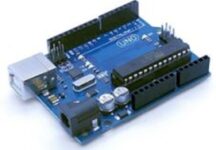

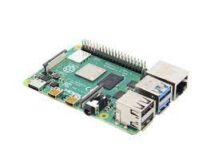
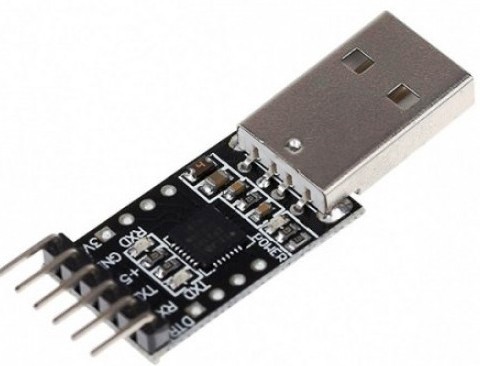
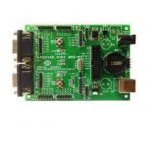
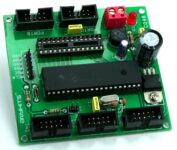
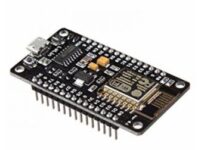
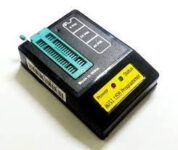
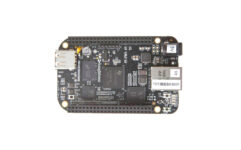
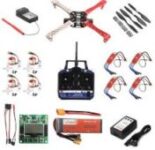
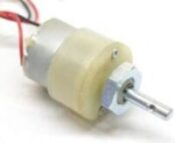

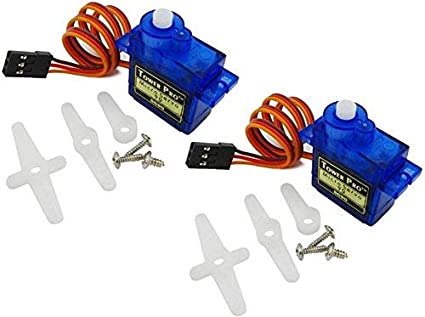
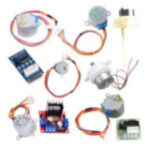

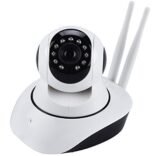
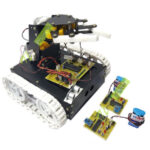
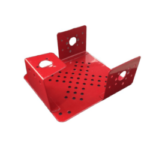

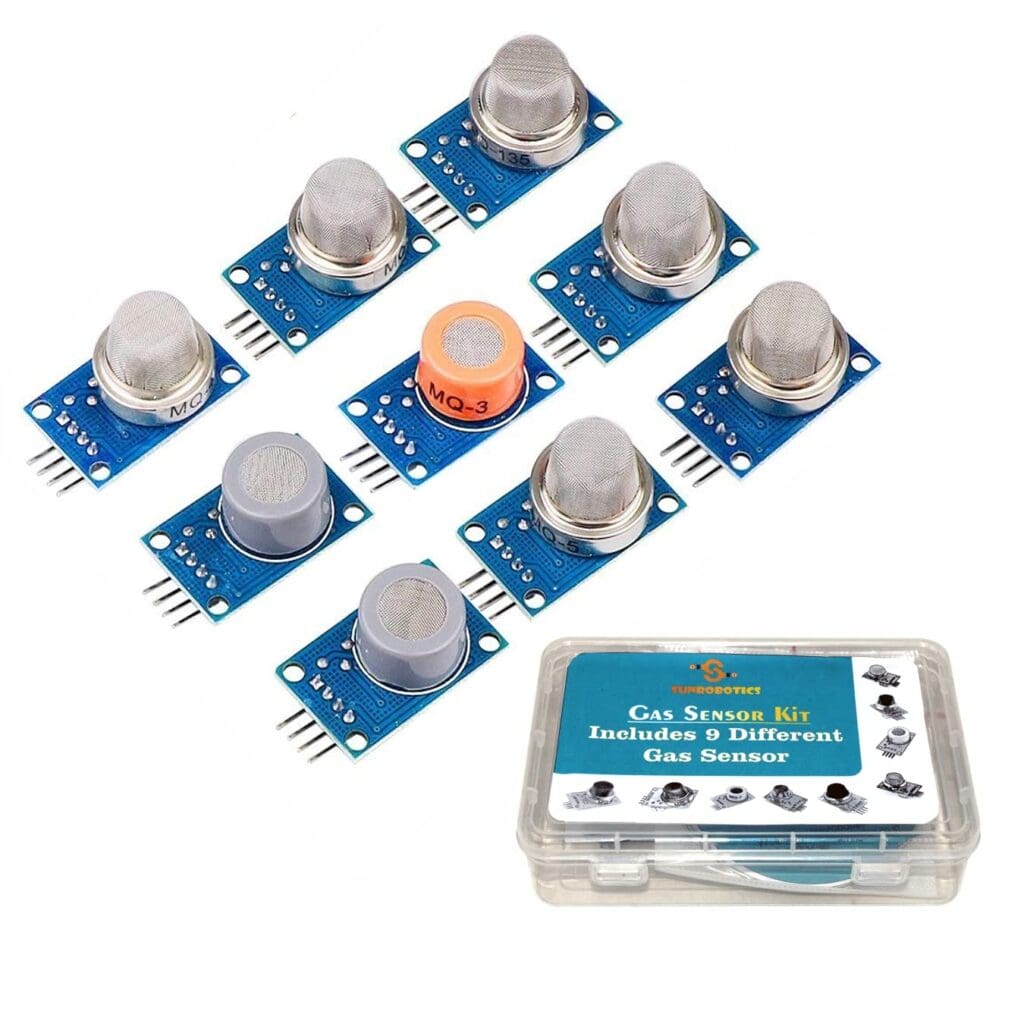
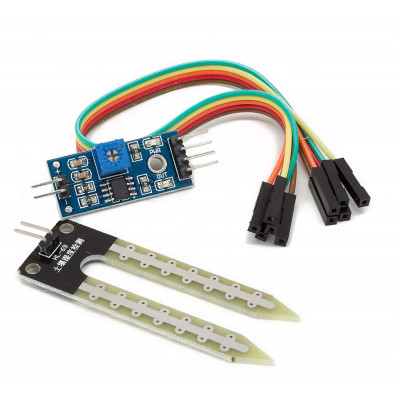
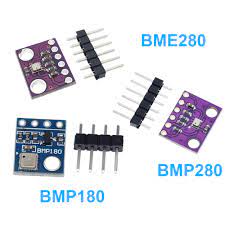
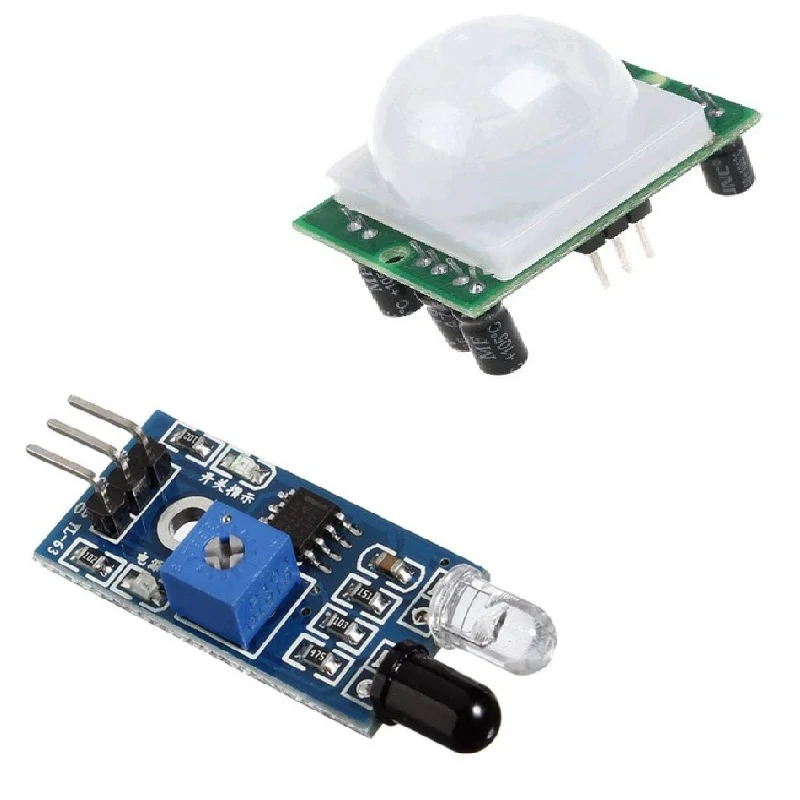


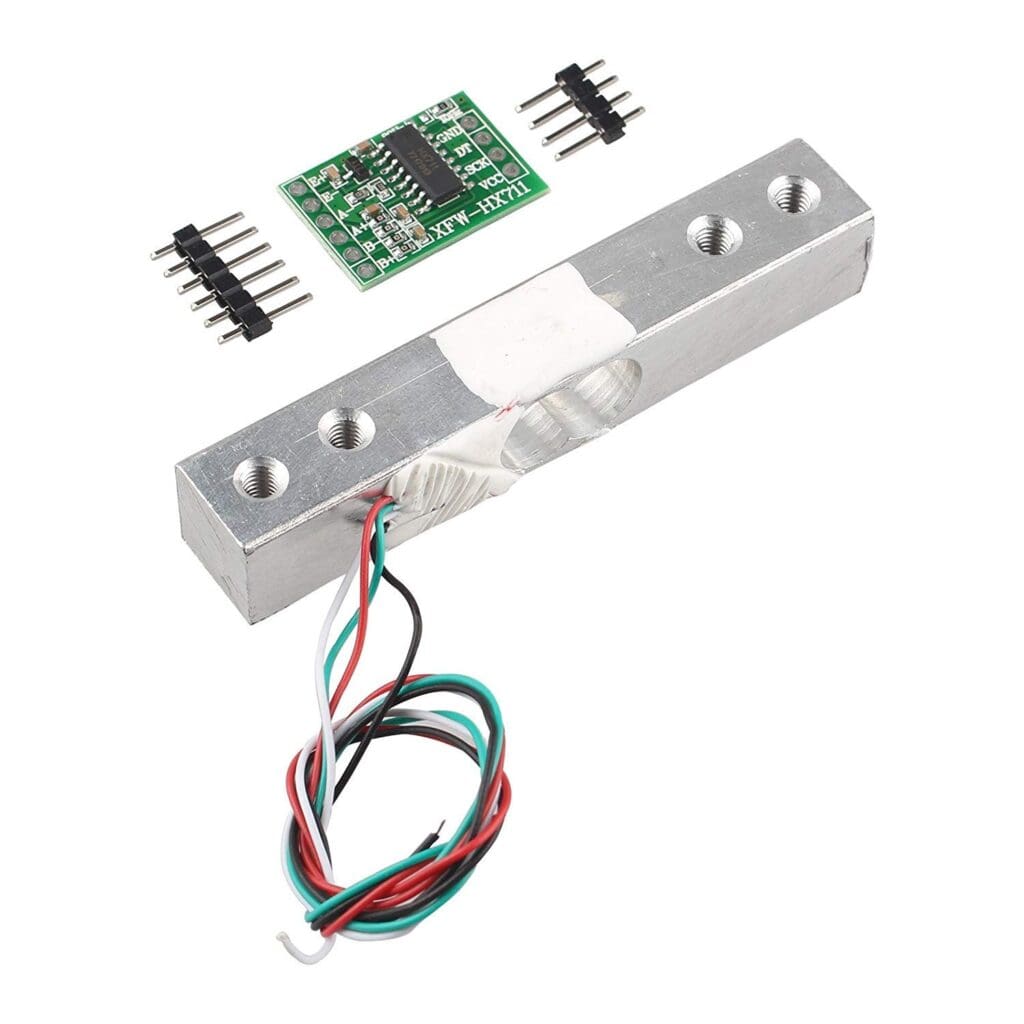

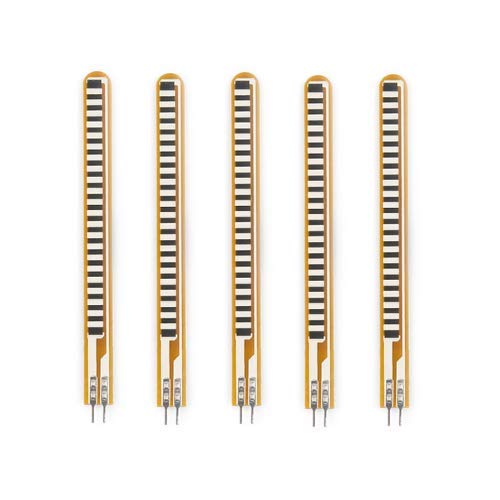

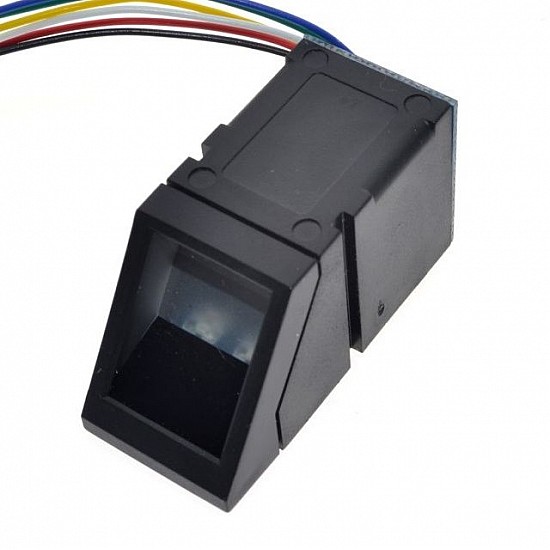
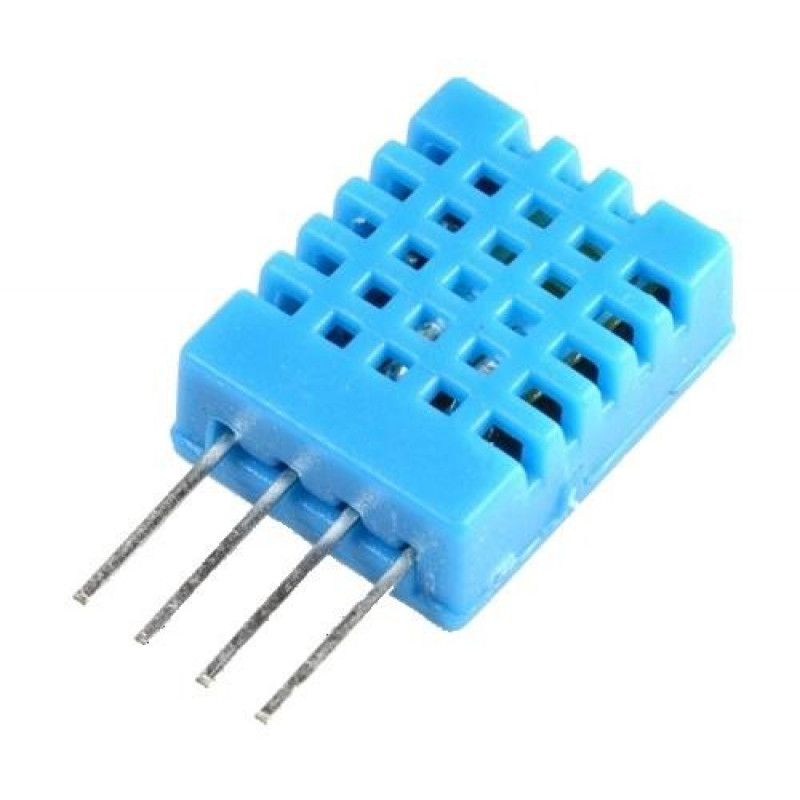

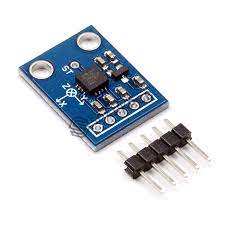
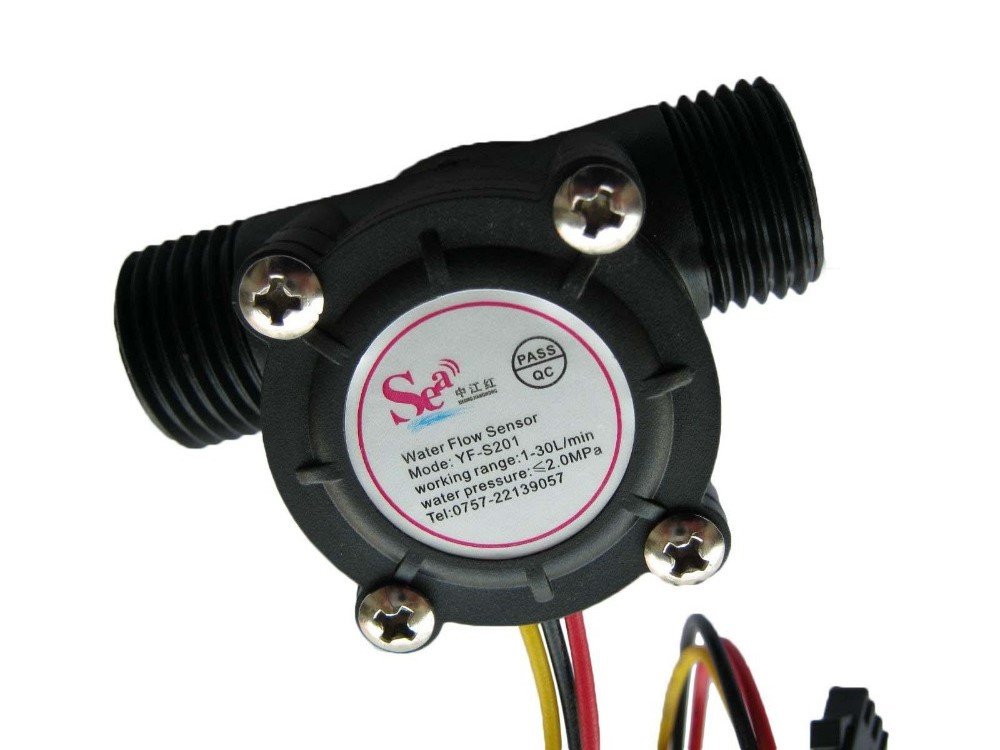
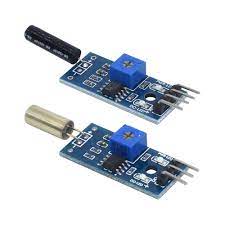
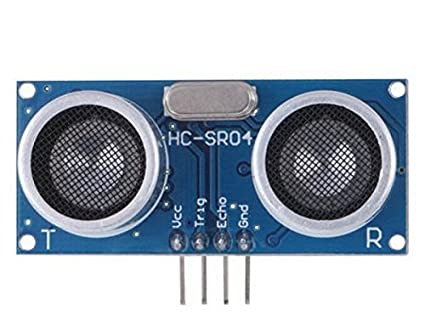

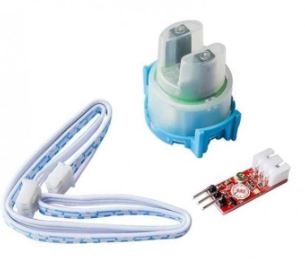

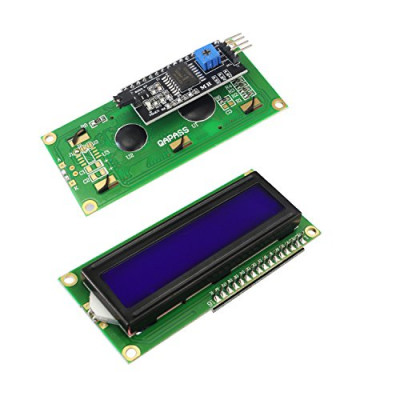
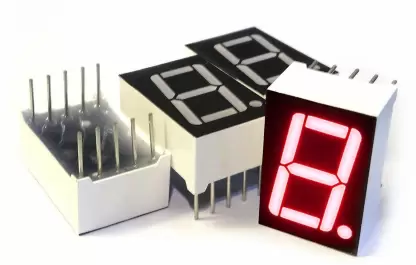
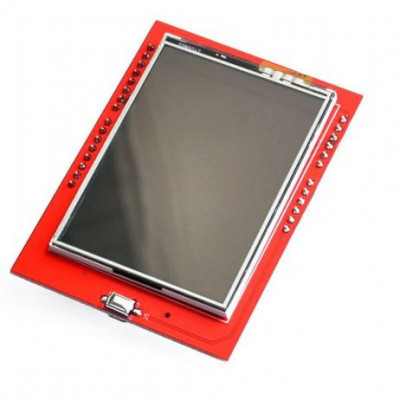
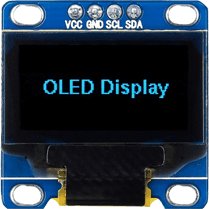

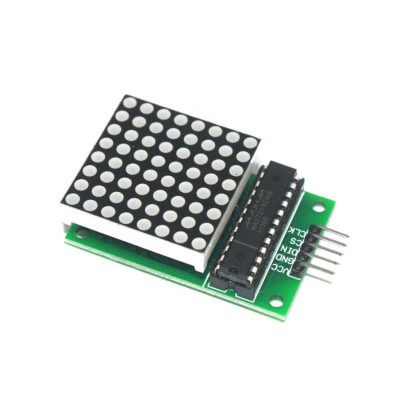
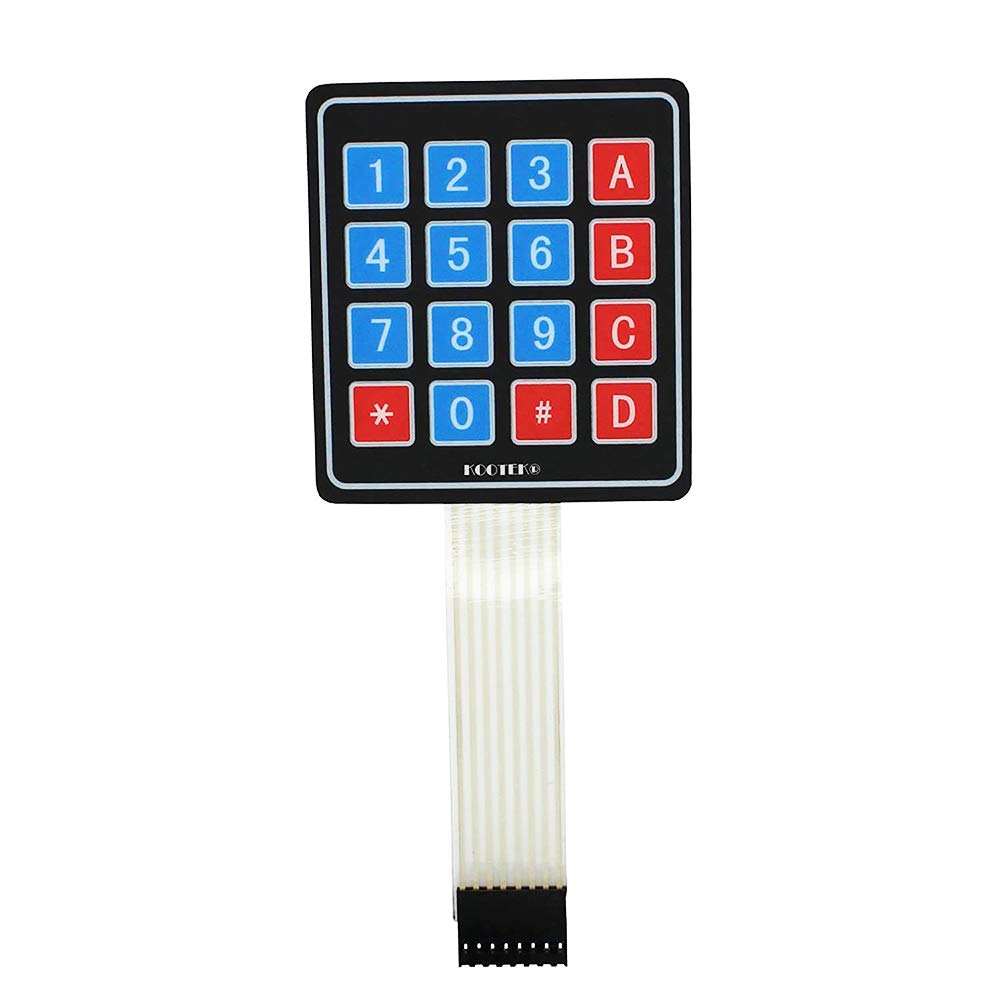
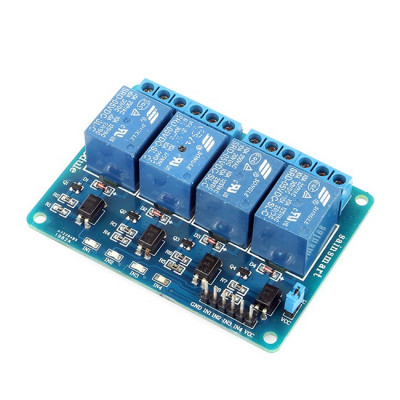
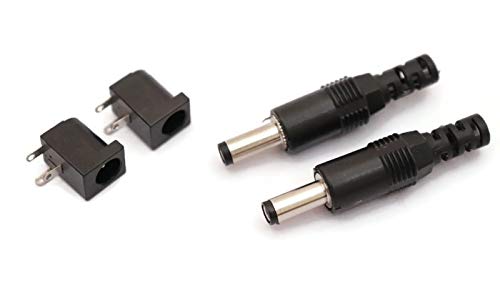

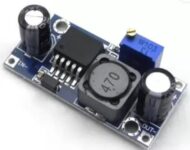
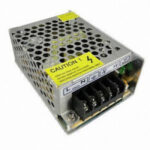

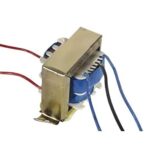

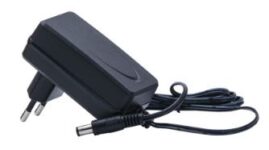
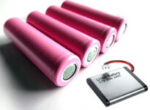
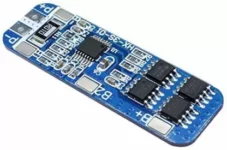
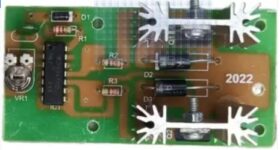
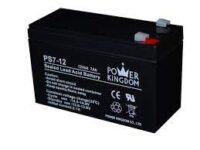

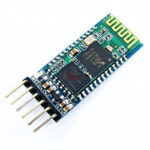
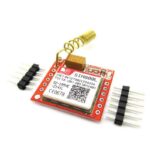
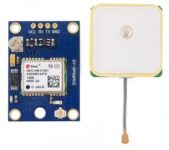
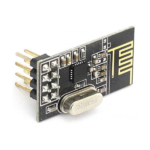
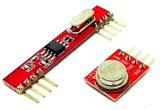
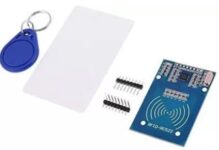
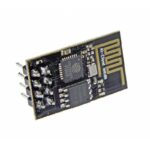
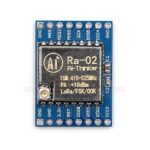
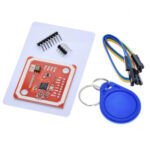
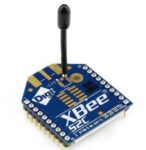
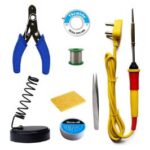
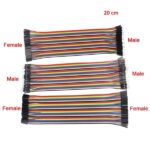



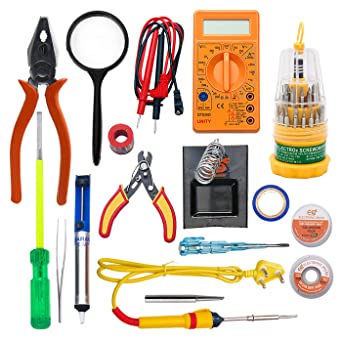



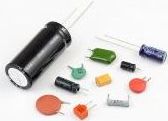
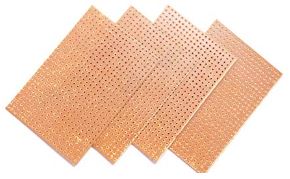

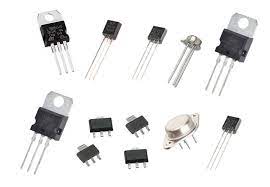
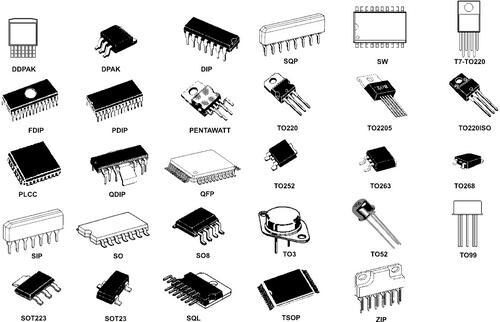
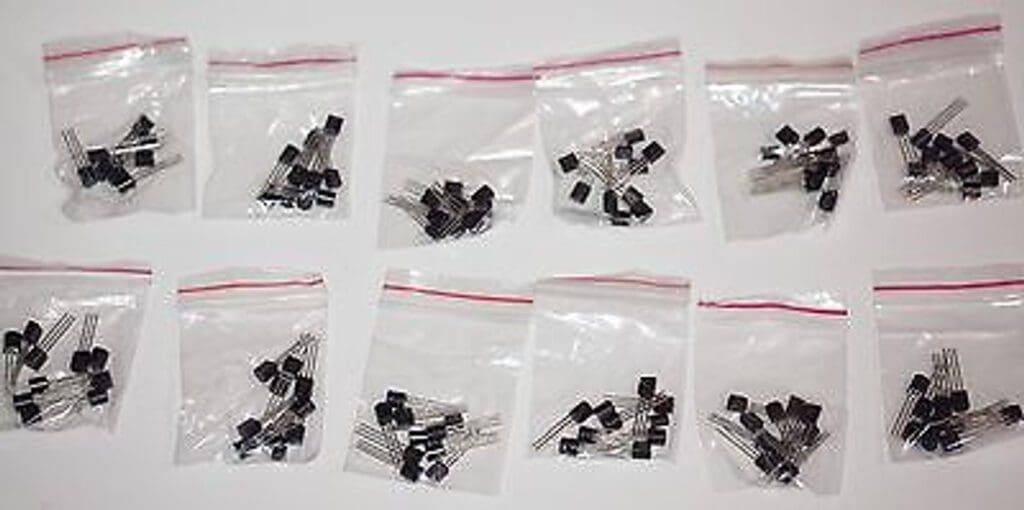
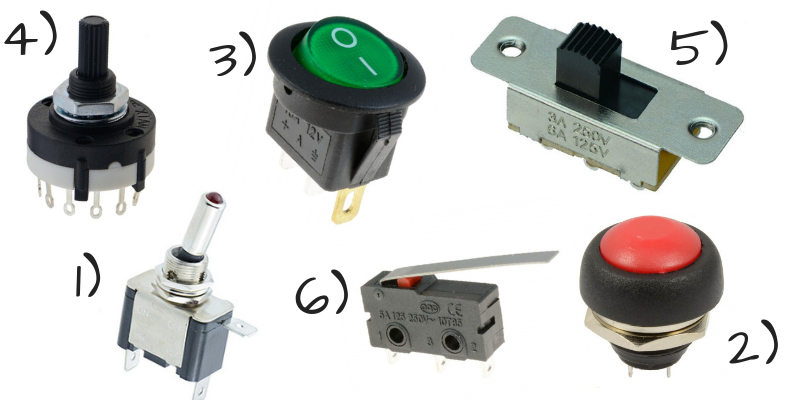
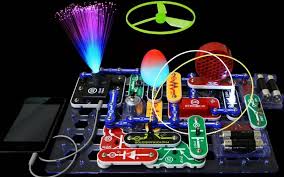


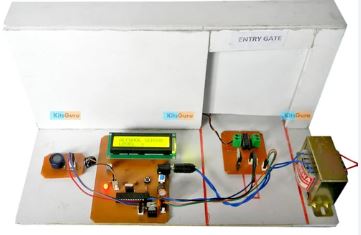
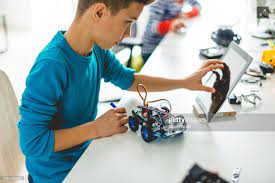
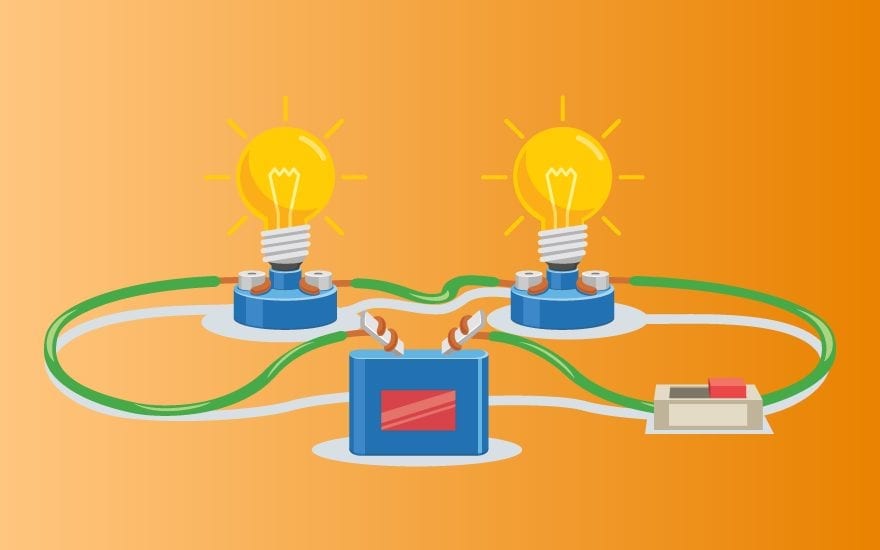
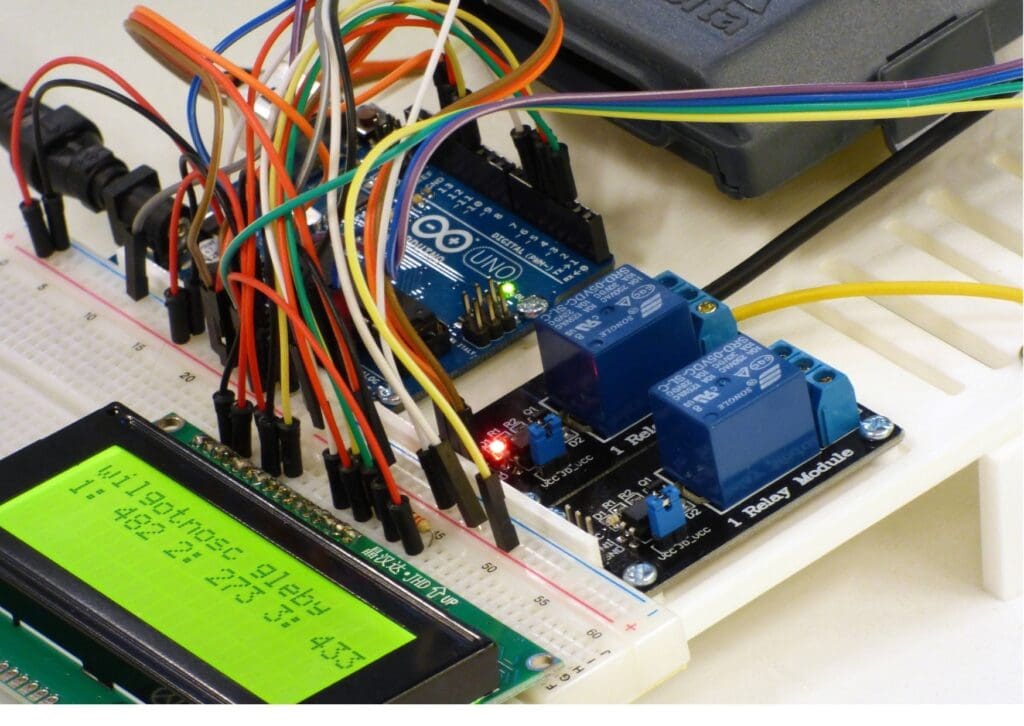
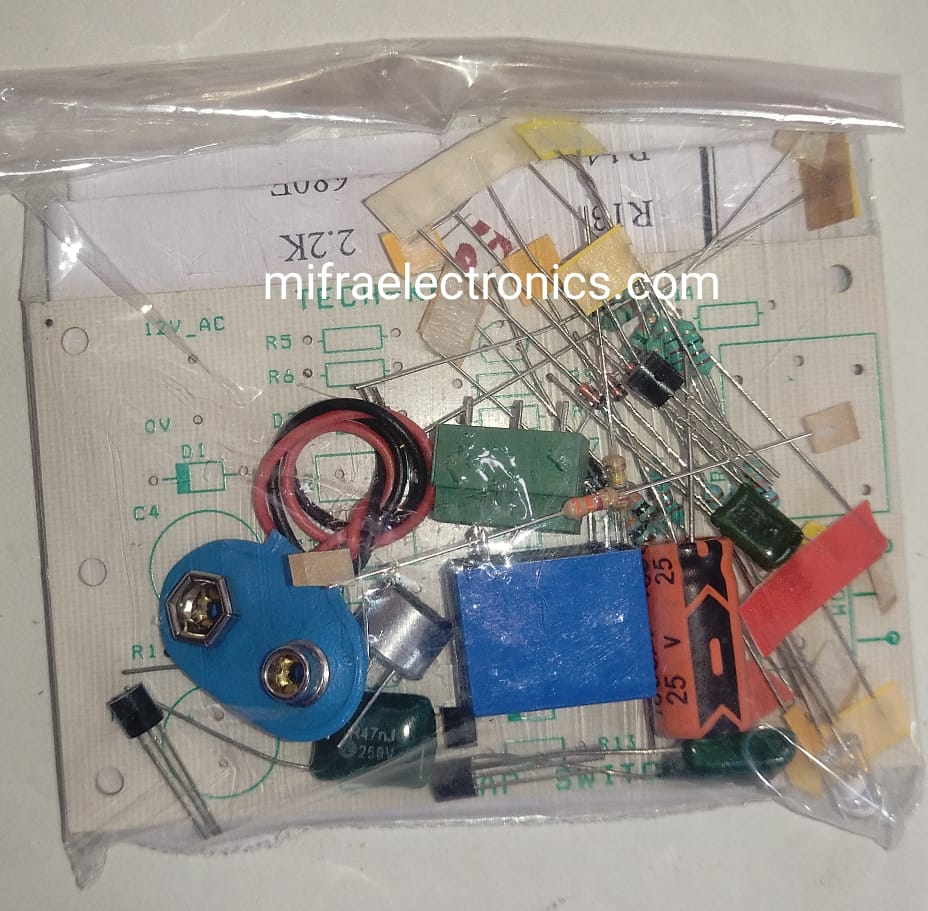
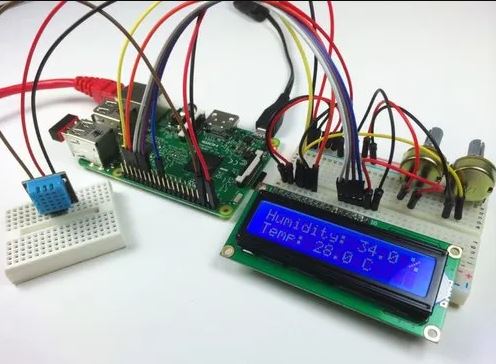
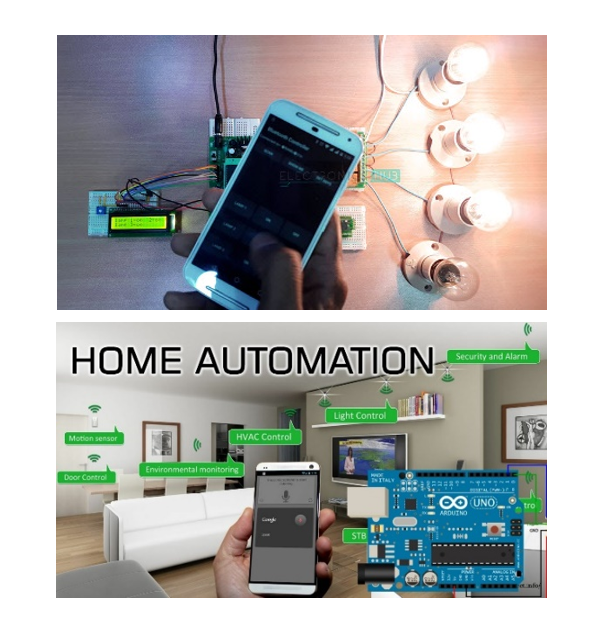
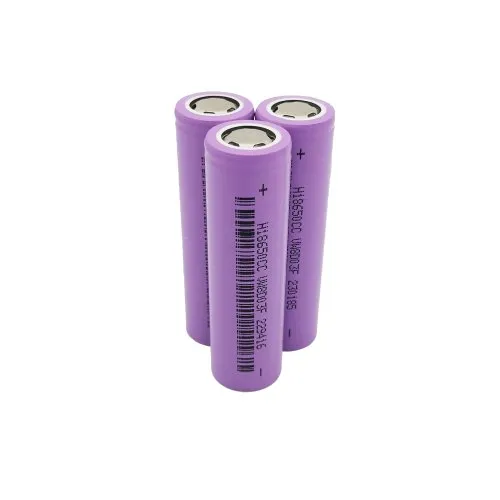
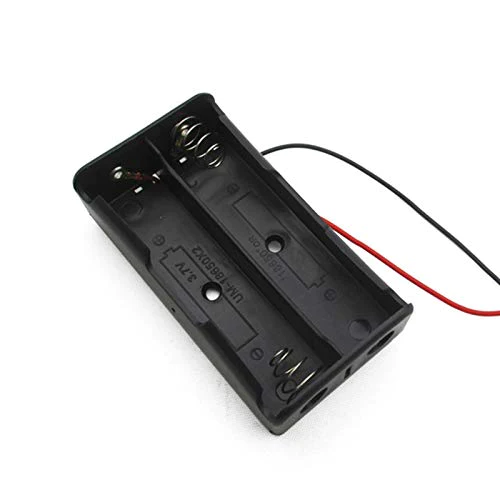
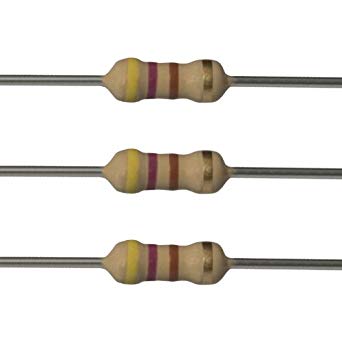
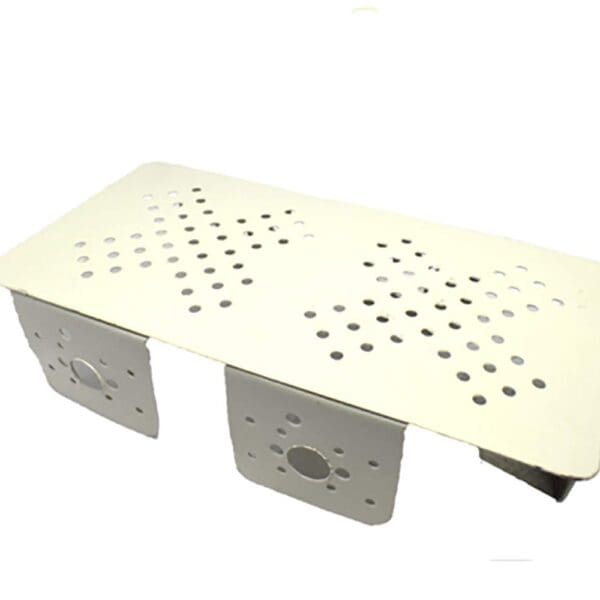
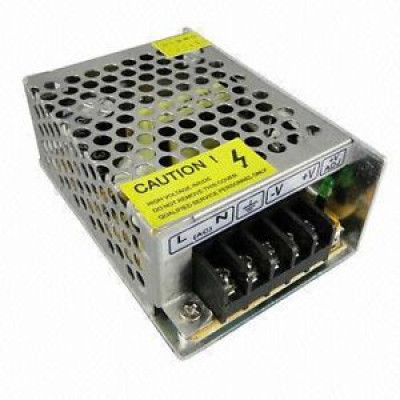

Reviews
There are no reviews yet.